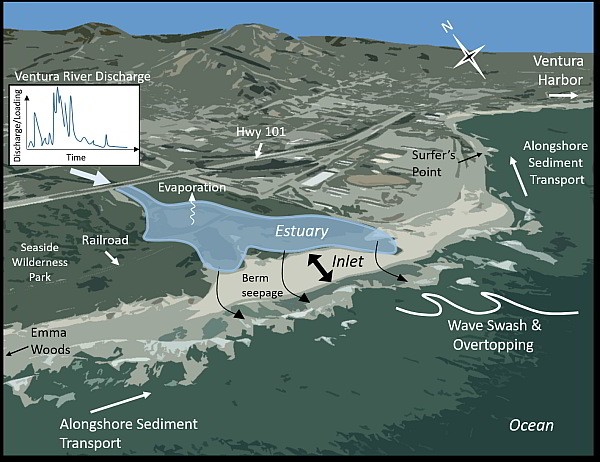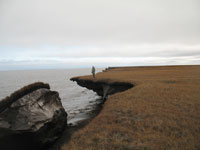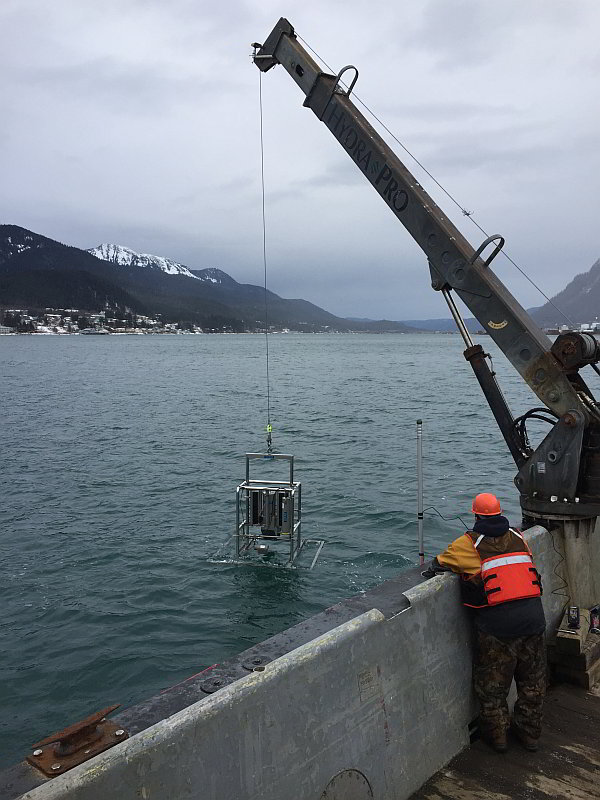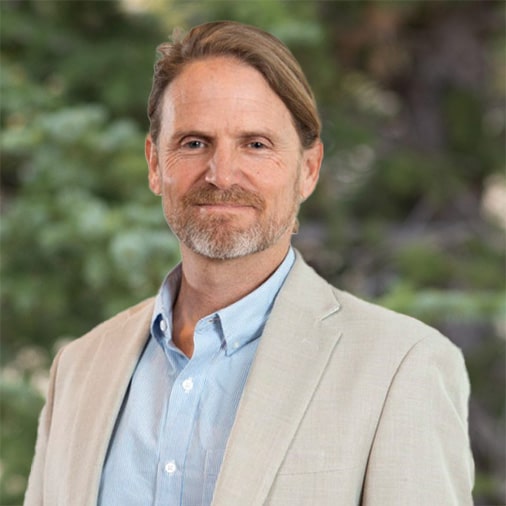
Dr. Craig Jones serves as the managing principal for Integral’s Marine, Coastal, Climate, and Technology Services. With more than two decades in the field, he specializes in engineering and scientific projects aimed at understanding challenges at offshore sites for both governmental bodies and private enterprises. His experience spans riverine, lacustrine, estuarine, and coastal processes, delving deep into hydrodynamics, wave dynamics, and sediment and contaminant transport. He is widely recognized for employing cutting-edge field measurements and modeling techniques to deeply understand aquatic systems. He plays an instrumental role in designing field operations and tools to gather information critical to client needs. Furthermore, Dr. Jones excels in assimilating this information into varying analytical frameworks, ranging from empirical to numerical models, ensuring that each project meets the highest quality standards while being efficiently managed. He has testified in federal court and in front of public utility commissions as an expert on environmental issues and regulatory concerns, including sediments and contaminants in support of allocation activities. Dr. Jones continues to work on preparation of materials for various environmental litigation cases in the United States.
Ph.D., Mechanical and Environmental Engineering, University of California, Santa Barbara, California, 2000
M.S., Fluid Mechanics (minors: Ocean Engineering and Environmental Engineering) University of California, Santa Barbara, California, 1996
B.S., Coastal Engineering, Texas A&M University, Galveston, Texas, 1994
American Society of Civil Engineers
Marine Technology Society
American Geophysical Union
American Shore and Beach Preservation Association
United States Utility Patent No. 61/857,057 (provisional). A device and method for measuring wave motion.
Recipient of J.C. Stevens Award, recognizing excellence in a paper published by the American Society of Civil Engineers. The paper is in the field of hydraulics, including fluid mechanics and hydrology. See Jones and Gailani (2009) below.
Craig A. Jones, Ph.D. Managing Principal, Business Director - Marine, Coastal, Climate, and Technology Services
Dr. Craig Jones serves as the managing principal for Integral’s Marine, Coastal, Climate, and Technology Services. With more than two decades in the field, he specializes in engineering and scientific projects aimed at understanding challenges at offshore sites for both governmental bodies and private enterprises. His experience spans riverine, lacustrine, estuarine, and coastal processes, delving deep into hydrodynamics, wave dynamics, and sediment and contaminant transport. He is widely recognized for employing cutting-edge field measurements and modeling techniques to deeply understand aquatic systems. He plays an instrumental role in designing field operations and tools to gathe...
Dr. Craig Jones serves as the managing principal for Integral’s Marine, Coastal, Climate, and Technology Services. With more than two decades in the field, he specializes in engineering and scientific projects aimed at understanding challenges at offshore sites for both governmental bodies and private enterprises. His experience spans riverine, lacustrine, estuarine, and coastal processes, delving deep into hydrodynamics, wave dynamics, and sediment and contaminant transport. He is widely recognized for employing cutting-edge field measurements and modeling techniques to deeply understand aquatic systems. He plays an instrumental role in designing field operations and tools to gather information critical to client needs. Furthermore, Dr. Jones excels in assimilating this information into varying analytical frameworks, ranging from empirical to numerical models, ensuring that each project meets the highest quality standards while being efficiently managed. He has testified in federal court and in front of public utility commissions as an expert on environmental issues and regulatory concerns, including sediments and contaminants in support of allocation activities. Dr. Jones continues to work on preparation of materials for various environmental litigation cases in the United States.
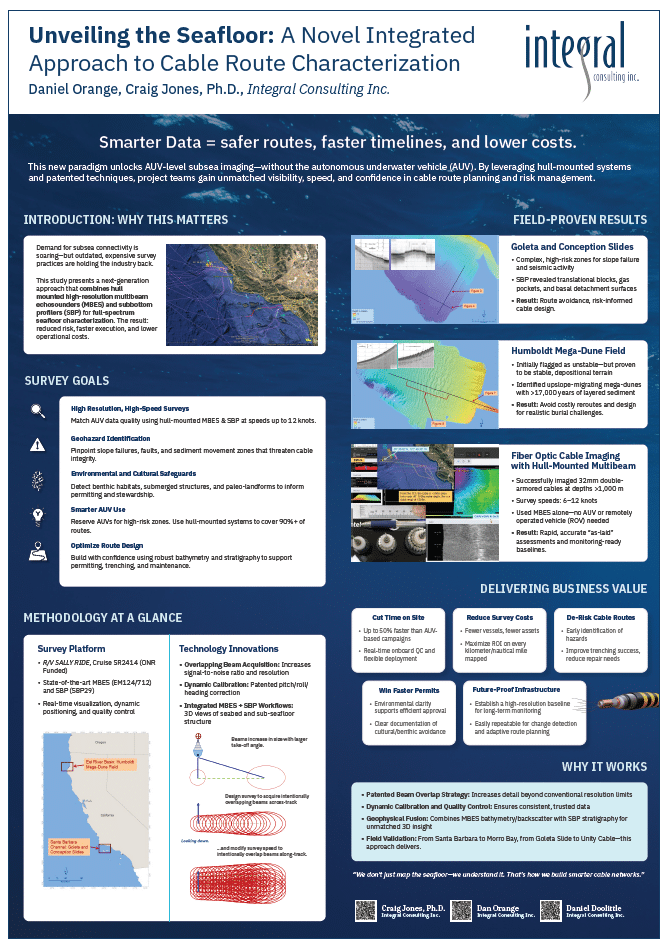
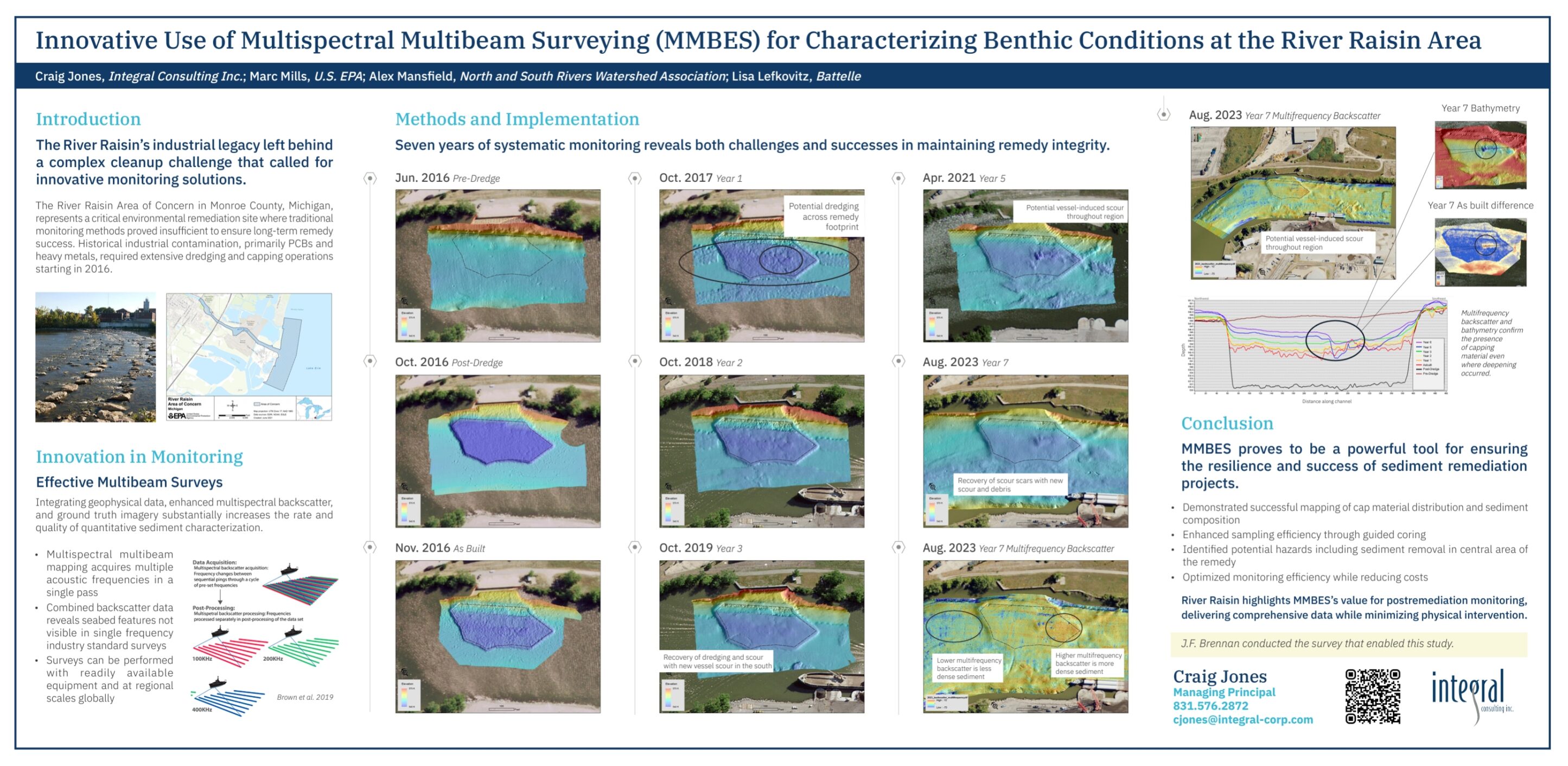
Performance Characteristics of the NoiseSpotter: An Acoustic Monitoring and Localization System
Publication
July 01 2024Wave Energy Converter Arrays: Optimizing Power Production While Minimizing Environmental Effects
Publication
July 01 2024Site Investigation and Risk Evaluation Using the Spatial Environmental Assessment Toolkit
Publication
July 01 2024Towards Standardized Integration of Seafloor Mapping Tools for Offshore Benthic Characterization
Publication
July 01 2024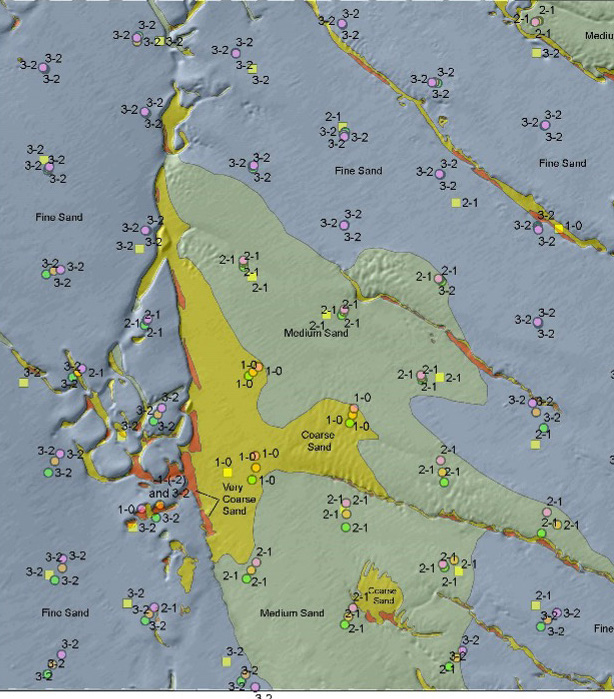
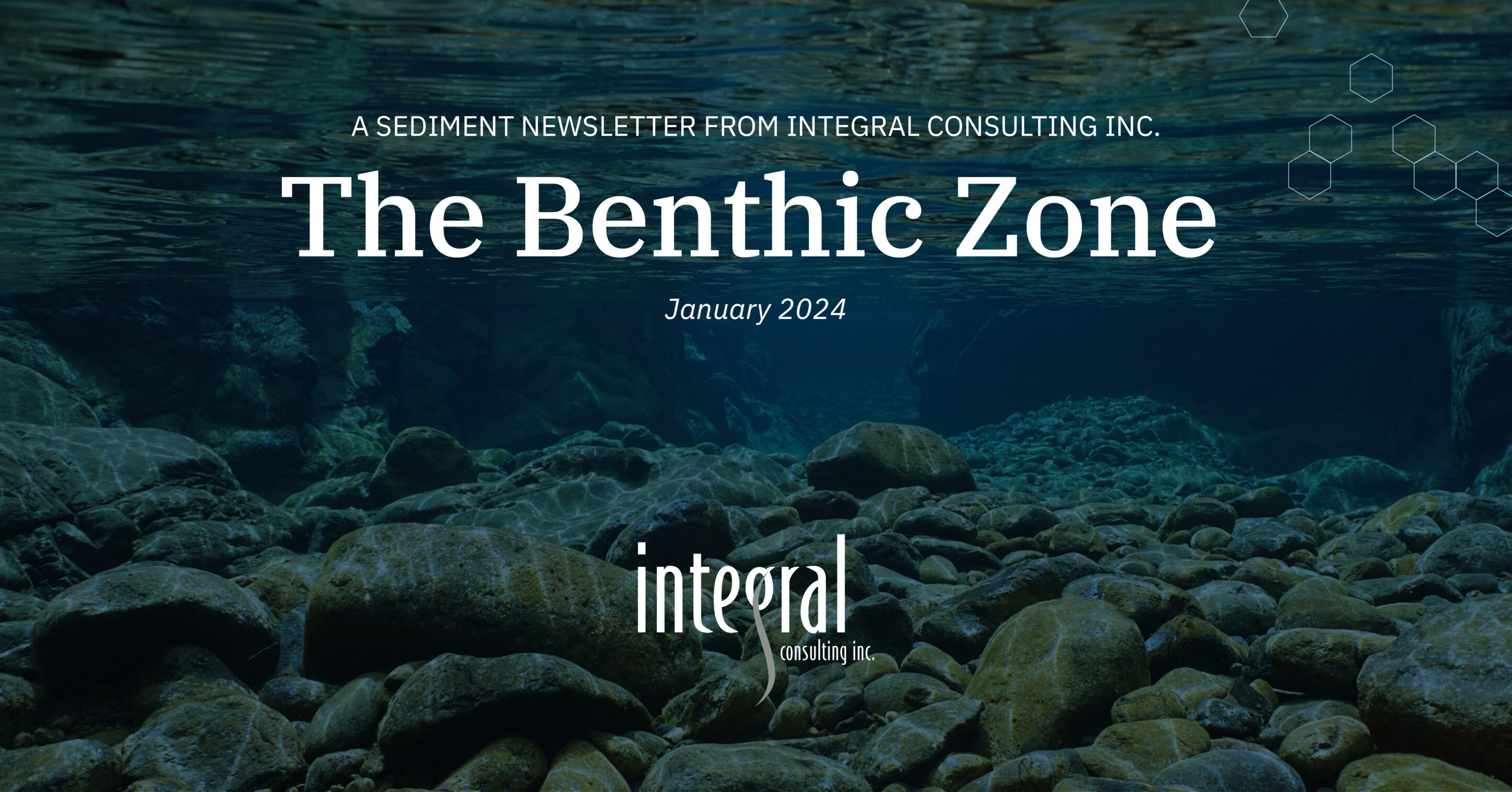
The Benthic Zone (January 2024 Edition): Integral's Sediment Newsletter
Press Release
January 06 2024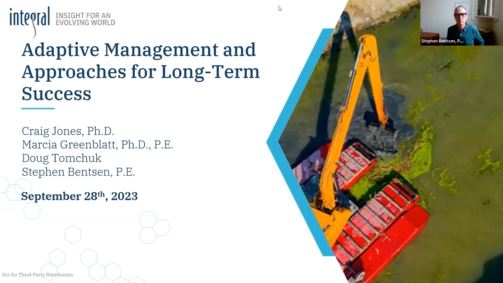
Effects of Dam Removal Sediment Releases on Coastal Lagoon Dynamics and Ecosystems
Poster
January 09 2023Offshore Wind Development News: BOEM Site Assessment and Construction and Operations Phase
Resource
December 08 2022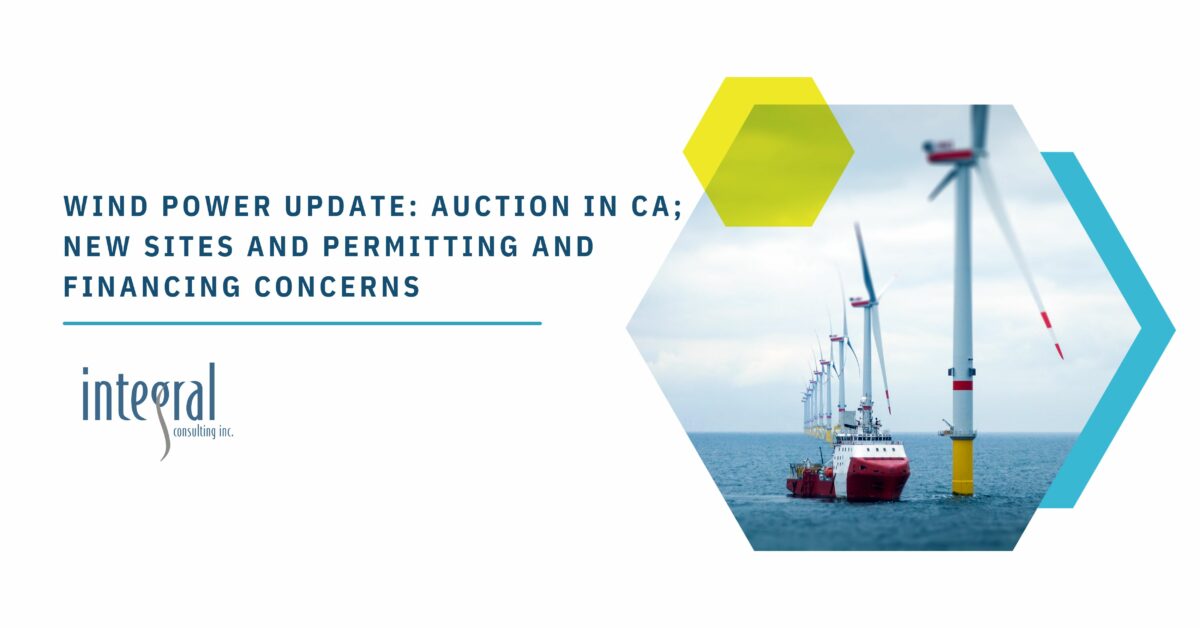
Wind Power Update: Auction in CA; New Sites and Permitting and Financing Concerns
Press Release
December 02 2022Typological representation of the offshore oceanographic environment along the Alaskan North Slope
Publication
July 15 2022

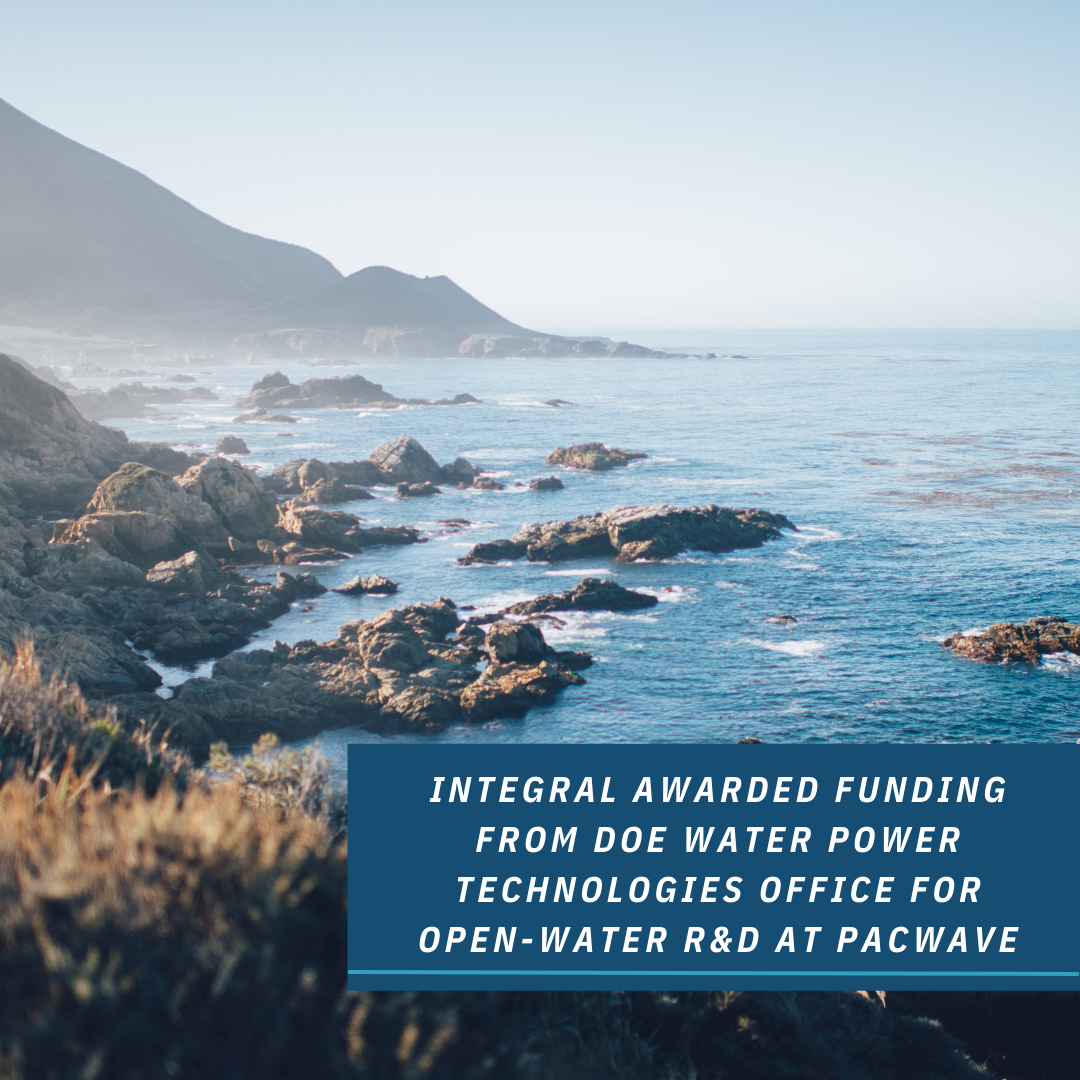
Advancing Renewable Energy: Integral Awarded Funding from DOE for Open-Water R&D at PacWave
Press Release
April 15 2022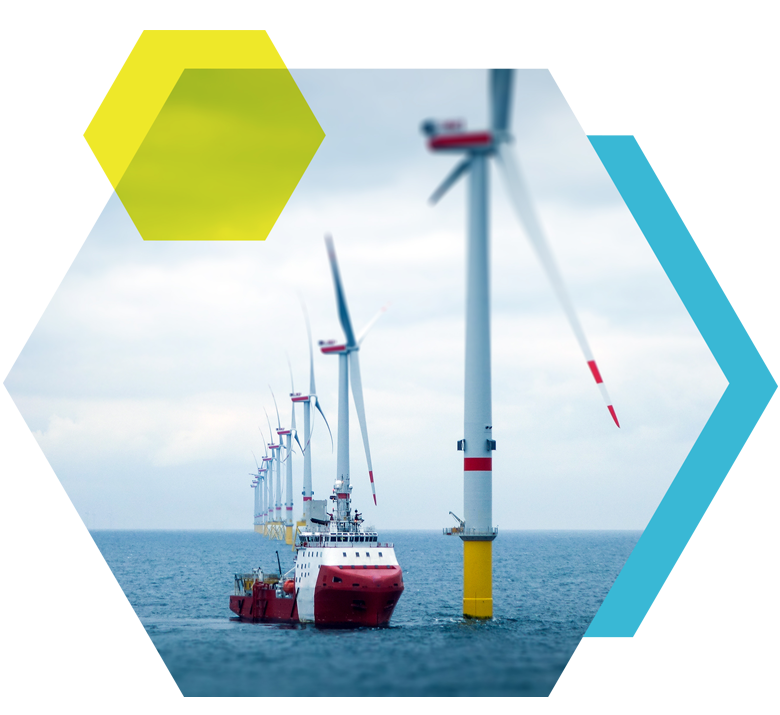
Laying the (Offshore) Groundwork Overcoming Regulatory and Environmental Challenges for Offshore Energy Development
Press Release
February 09 2022Beach Preservation: Integral Presents on Coastal Adaptation at FSBPA Conference
Press Release
February 03 2022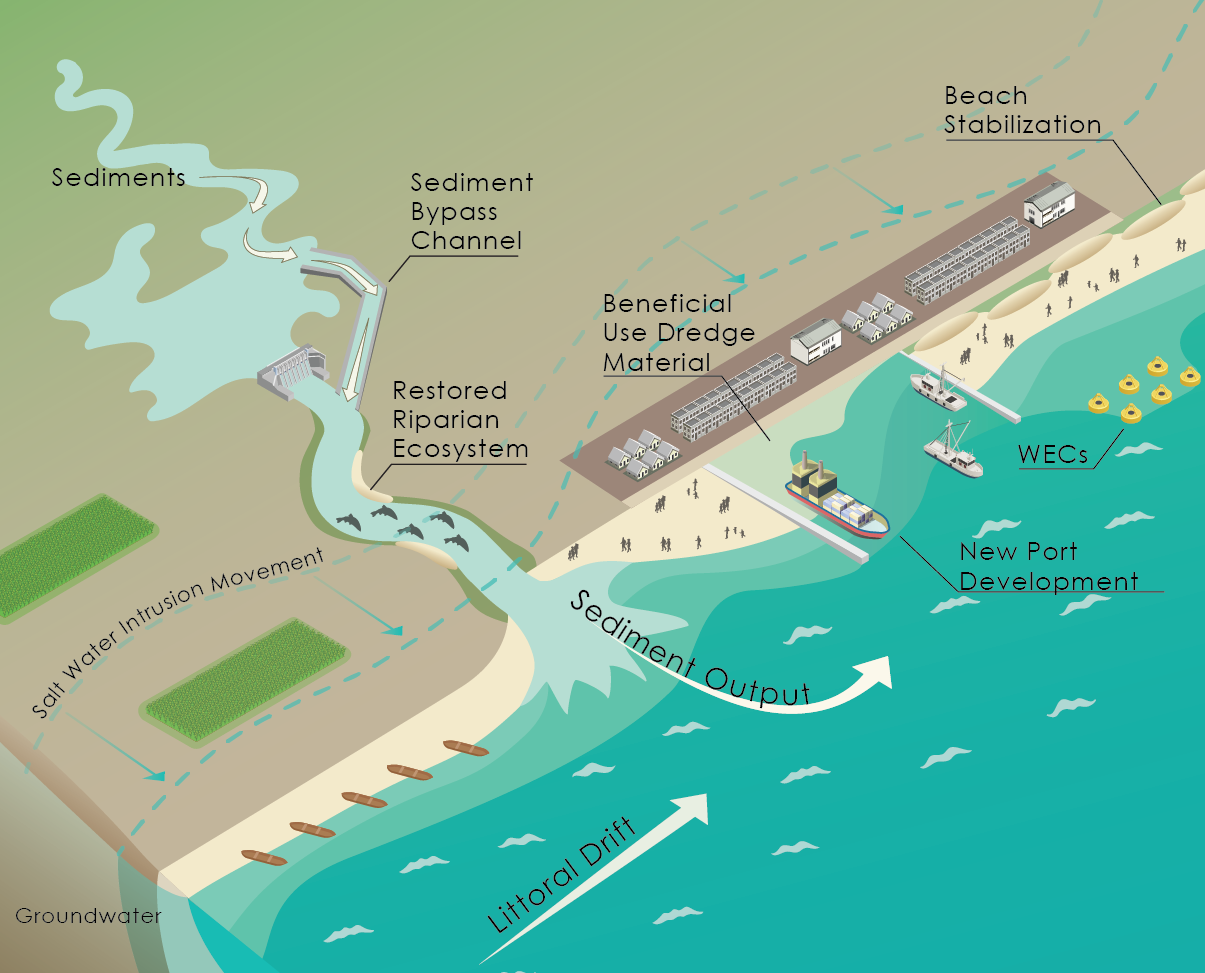
Sustainable Coasts: Integral’s “Coastal Protect Africa” Proposal Published in World Bank eBook
Press Release
January 20 2022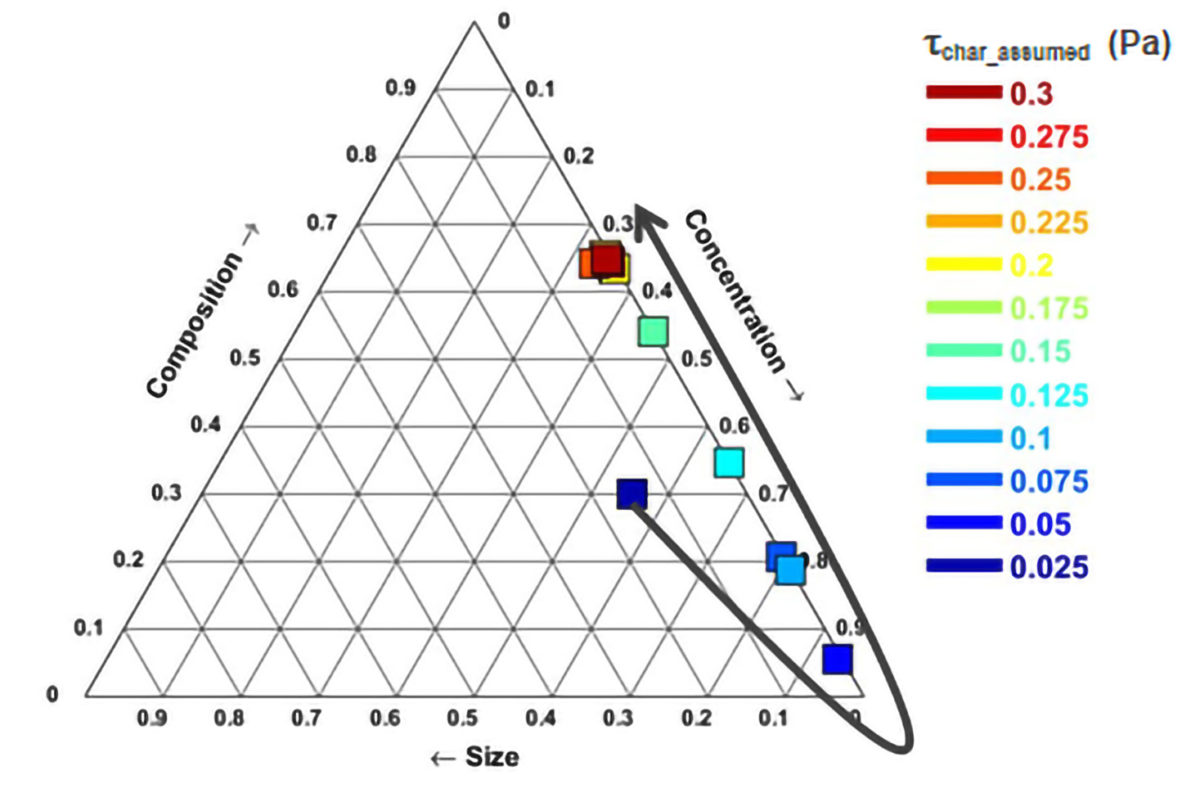
Sediment Transport: Key Research Findings Published in Limnology and Oceanography Letters
Press Release
December 10 2021Renewable Energy: Integral to Chair Session and Present on Offshore Wind at AEHS Amherst
Press Release
October 04 2021